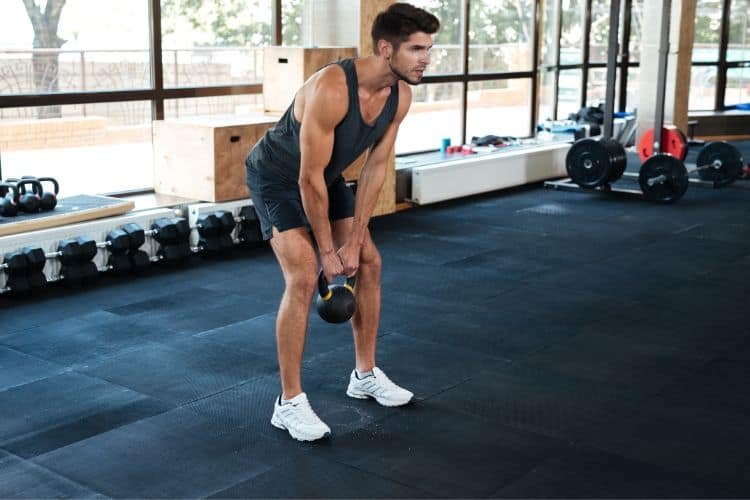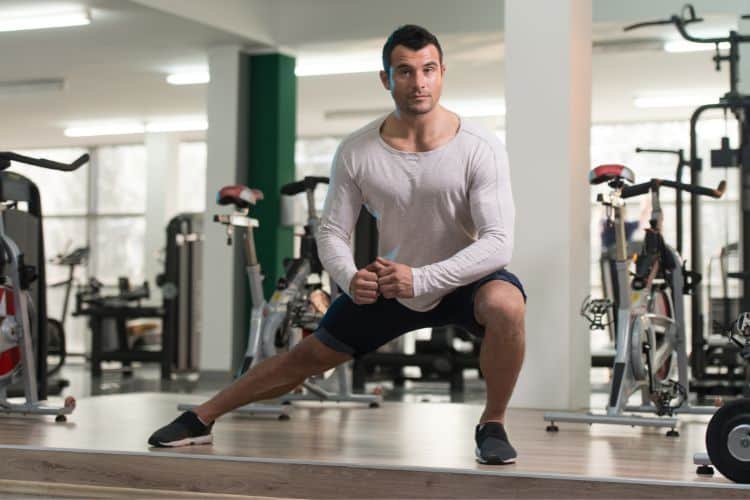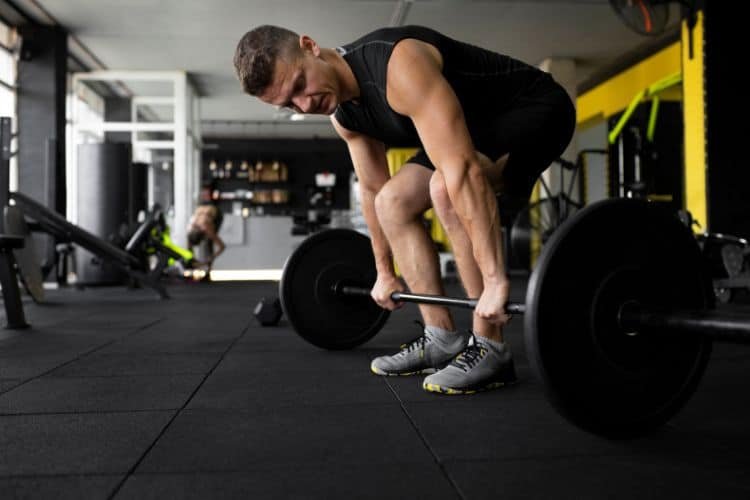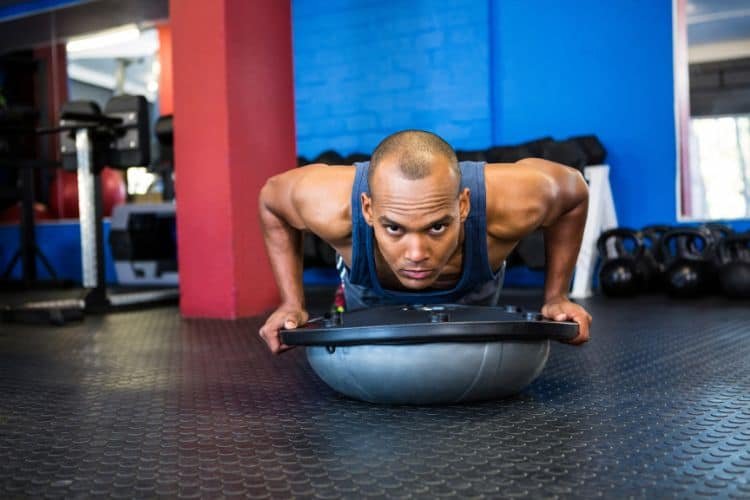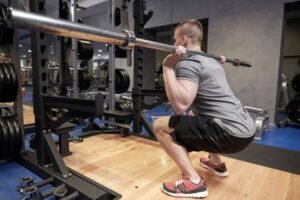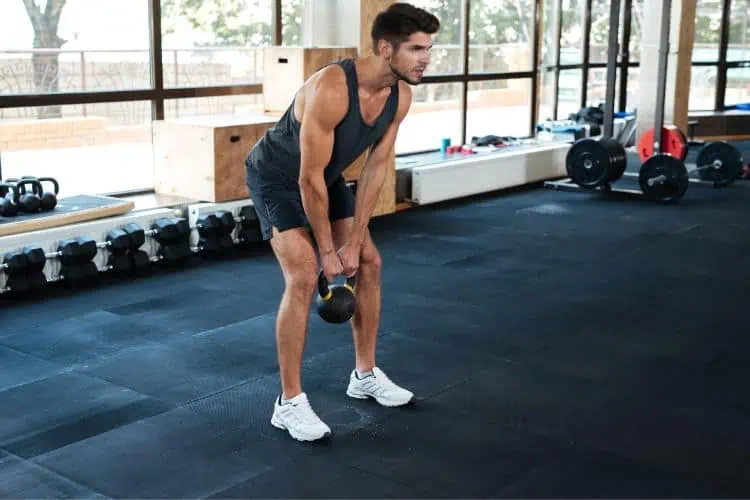
Functional fitness has gained significant popularity in recent years as more people recognize the importance of training movements rather than isolating individual muscles. Unlike traditional gym routines focused on specific muscle groups, functional fitness workouts are designed to improve daily life by enhancing strength, balance, coordination, and flexibility. These exercises replicate common movements, making activities like lifting, bending, and twisting easier and safer. This comprehensive guide will walk you through the benefits of functional fitness and provide sample workouts you can incorporate into your fitness routine.
What is Functional Fitness?
Functional fitness is an approach to exercise that trains your body to handle real-life movements by engaging multiple muscles simultaneously. These exercises typically involve compound movements that require stability, balance, and strength. For instance, a squat is a functional movement because it mirrors actions like sitting and standing, while an overhead press mimics lifting items onto a shelf. The goal is to build a balanced and resilient body capable of performing a wide range of activities with ease.
Benefits of Functional Fitness Workouts
Functional fitness offers numerous advantages beyond improving physical strength:
- Enhanced Daily Functionality: By training movements used in daily activities, functional fitness enhances your ability to perform tasks safely and efficiently.
- Improved Balance and Stability: Functional exercises engage core stabilizers, improving balance and reducing the risk of falls.
- Increased Muscle Coordination: These workouts involve multiple muscle groups working together, which improves coordination and muscle memory.
- Injury Prevention: Training muscles in coordinated patterns reduces the risk of strain and injury by improving flexibility and joint mobility.
- Adaptability: Functional fitness can be done with minimal equipment, making it adaptable to various fitness levels and settings, from home workouts to gym environments.
Essential Functional Fitness Workout Exercises
Here’s a list of foundational functional fitness exercises that can improve strength, flexibility, and balance. Incorporate these exercises into your weekly routine for a well-rounded functional workout.
1. Squat to Overhead Press
This compound movement works the lower body, core, shoulders, and arms, making it a fantastic full-body exercise.
How to Do It:
- Stand with feet shoulder-width apart, holding dumbbells at shoulder height.
- Lower into a squat position, keeping your chest up and knees tracking over your toes.
- As you rise, press the weights overhead until your arms are fully extended.
- Return to the squat position and repeat.
Benefits: This exercise builds leg strength, shoulder stability, and enhances balance.
2. Deadlift to Row
This exercise targets the posterior chain—your hamstrings, glutes, and back—while also working the core and arms.
How to Do It:
- Stand with your feet hip-width apart, holding a pair of dumbbells in front of your thighs.
- Perform a deadlift by hinging at the hips, keeping your back straight, and lowering the weights toward the ground.
- Once at the bottom, row the weights to your torso, engaging your lats and upper back.
- Lower the weights, reverse the movement to stand up, and repeat.
Benefits: This movement enhances core stability and strength in the back, glutes, and hamstrings.
3. Lunge with Rotation Functional Fitness Workout
This exercise combines lower body strength with core stability, engaging the abdominal muscles and improving balance.
How to Do It:
- Stand with your feet together, holding a medicine ball or dumbbell close to your chest.
- Step forward into a lunge position and rotate your torso to the side, holding your core tight.
- Return to the starting position and repeat on the other side.
Benefits: This move improves rotational strength, crucial for sports and daily activities involving twisting motions.
4. Plank with Arm and Leg Lift
A challenging variation of the plank, this exercise builds core stability and balance.
How to Do It:
- Start in a plank position, keeping your body in a straight line from head to heels.
- Lift one arm and the opposite leg, hold briefly, and return to the plank.
- Repeat on the other side, alternating throughout the set.
Benefits: This move strengthens the core, shoulders, and glutes while improving balance and coordination.
Sample Functional Fitness Workout Plan
Below is a sample functional fitness workout plan to incorporate into your weekly routine. Perform each exercise in a circuit format, resting for 1-2 minutes between circuits.
Beginner Functional Workout
Circuit 1
- Bodyweight Squat: 15 reps
- Push-Up: 12 reps
- Glute Bridge: 15 reps
- Bird Dog: 12 reps per side
Circuit 2
- Forward Lunge with Twist: 12 reps per side
- Plank to Shoulder Tap: 15 reps per side
- Standing Overhead Reach: 15 reps
Repeat each circuit 2-3 times, resting for 1-2 minutes between rounds.
Intermediate Functional Fitness Workout
Circuit 1
- Kettlebell Deadlift to Row: 12 reps
- Lunge with Overhead Press: 10 reps per side
- Side Plank with Leg Lift: 12 reps per side
Circuit 2
- Step-Up with Knee Drive: 12 reps per side
- Mountain Climber Twist: 15 reps per side
- Russian Twist with Medicine Ball: 20 reps
Repeat each circuit 3-4 times, resting for 1-2 minutes between rounds.
Advanced Functional Workout
Circuit 1
- Squat to Overhead Press: 15 reps
- Single-Leg Deadlift to Row: 10 reps per side
- Pistol Squat: 10 reps per side
Circuit 2
- Burpee with Jump: 15 reps
- Kettlebell Swing: 20 reps
- Plank with Arm and Leg Lift: 10 reps per side
Repeat each circuit 4-5 times, with 1-minute rest between rounds.
Tips for Maximizing Your Functional Fitness Workout Routine
- Focus on Form: Proper form is crucial for functional exercises. Focus on controlled movements to prevent injuries and maximize effectiveness.
- Progress Gradually: Start with basic exercises and gradually increase difficulty as you build strength and coordination.
- Incorporate Unstable Surfaces: Adding a stability ball or balance board can further enhance core engagement.
- Prioritize Full-Body Movements: Compound exercises that engage multiple muscle groups are the foundation of functional fitness.
The Role of Core Stability in Functional Fitness
Core stability is essential for functional fitness as it forms the basis for nearly every movement. Core exercises, such as planks and rotational movements, help improve balance, reduce back pain, and increase power for movements like lifting or twisting. Aim to include core-focused exercises like Russian twists, bird dogs, and stability ball planks in your routine for a well-rounded functional fitness program.
Integrating Functional Fitness Into Everyday Life
Functional fitness isn’t limited to the gym—it can be seamlessly integrated into everyday activities. For example, performing squats while picking up items from the ground or engaging your core while carrying groceries can reinforce the movements and muscles developed during workouts. Look for opportunities to practice functional movements in daily routines to increase overall mobility and strength.
Tracking Your Functional Fitness Progress
To monitor your improvement, keep track of how your body feels during daily activities. For instance, you might notice greater ease when lifting heavy items or improved balance when walking on uneven terrain. Functional fitness is about long-term health, so focusing on these small, real-life gains can be more rewarding than traditional fitness metrics.
Elevate Your Fitness Through Functionality
Functional fitness is an excellent approach to training that supports overall health, reduces the risk of injury, and enhances the quality of life by building a body that can handle day-to-day demands. Whether you’re a beginner or an advanced exerciser, incorporating functional movements into your routine can provide immense physical and mental benefits. Try integrating the exercises and workout plans provided here, and remember that consistency is key. Embrace functional fitness to enjoy a stronger, more resilient, and capable body for life.

